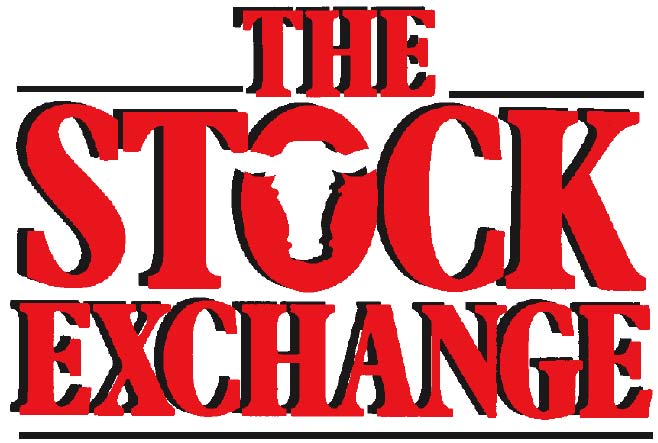Goals for Your Cow Herd in 2020
Garth Ruff, OSU Extension Henry County Group lots of calves with uniform weight, frame, and genetics sell for a premium in the market place. Each year I like to look evaluate any upcoming opportunities and set goals for the New Year in an effort to better myself both professionally and personally. I prefer to call them goals rather than New Years Resolutions because many people tend to let resolutions fall through the cracks.…
